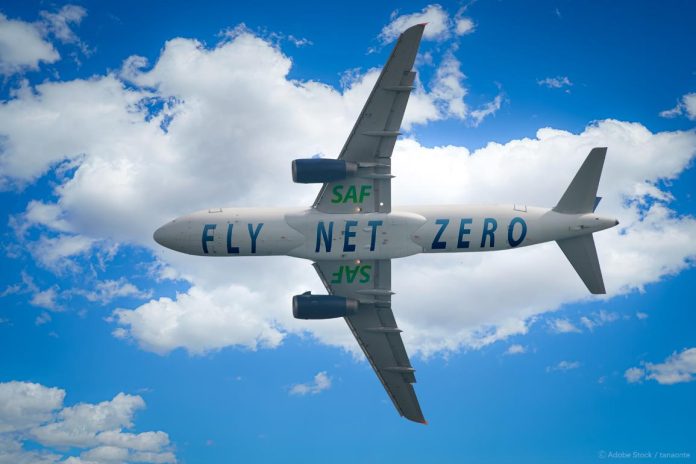The European Commission has pledged €4 million to the International Civil Aviation Organization’s ACT-SAF capacity-building programme, a targeted intervention intended to help a dozen partner states develop feasibility studies, technical certification and early-stage production pathways for sustainable aviation fuels. The funding, implemented with the European Union Aviation Safety Agency, will initially focus on a mix of African partners; including Cameroon, Egypt, Ethiopia, Gabon, Kenya, Mauritania, Mozambique, Rwanda, Senegal and South Africa, alongside other states, and is designed to accelerate the supply-side readiness that global SAF mandates and incentive schemes now demand.
The ACT-SAF initiative addresses several of the practical bottlenecks that hinder SAF deployment: lack of investment-grade feasibility work, weak certification and verification capacity, and limited knowledge transfer on feedstock selection and production technologies. ICAO describes the programme as providing technical assistance, training and advisory services that help states map resource potential, meet the sustainability criteria required under international frameworks, and prepare bankable project proposals. Partner countries will receive tailored support to align domestic roadmaps with international standards and market expectations.
This intervention arrives against a tightening of SAF demand drivers in Europe. The ReFuelEU Aviation regulation sets mandatory uplift targets and life-cycle emissions standards for fuels supplied at EU airports, creating a predictable market that is already prompting suppliers and airlines to seek new, verified sources of SAF. Complementary EU measures include a recent subsidy scheme to lower the price gap between SAF and conventional jet kerosene, a mechanism expected to mobilize significant offtake within the next five years and to increase the commercial attractiveness of overseas supply chains.
Read also: Algeria strengthens renewable energy credentials with German PTB’s support on standards and labs
Africa stands to gain from increased attention to certified SAF supply because several countries possess feedstocks and logistics assets that can underpin production. South Africa, for example, has been identified by industry bodies as a region with substantial production potential because of existing refining and engineering skills, proximity to airline markets, and nascent industrial partnerships that could be repurposed for SAF pathways. Private sector moves such as joint ventures and technology licenses between incumbent energy firms and specialist technology providers further indicate an emergent industrial base, though most projects remain at feasibility or pilot stage.
Technical questions will determine whether supply potential converts into sustained exports or domestic use. Sustainable feedstock sourcing, compatibility with aviation fuel standards, and access to green hydrogen for power-to-liquid pathways are immediate hurdles. European regulation excludes certain high-risk feedstocks and requires rigorous life-cycle analysis, placing a premium on waste-based, residue and genuinely low-indirect-land-use-change pathways. Meeting those thresholds requires reliable measurement, reporting and verification systems as well as laboratory and certification capacity, exactly the gaps ACT-SAF aims to help close.
The financing landscape remains central to scaling. European demand signals and subsidies improve the business case, but private investors and development financiers will seek transparent project pipelines and credible off-take commitments. Public-private models that combine donor support for project preparation with commercial capital for construction are already being proposed in industry forums. Success will hinge on clear policy frameworks in partner states, streamlined permitting, and locally adapted technical solutions that reduce transaction risk for lenders and off-takers.
African airlines and governments are advancing complementary initiatives that could interact positively with ACT-SAF outputs. Kenya Airways has outlined ambitions to develop local SAF capacity and has been active in regional pilots and registries that track SAF usage and environmental claims. Those efforts illustrate how airline demand, regional policy leadership and international technical support can assemble into a practical route-map if coordinated effectively. Observers should therefore view the EU’s €4 million commitment as an early but necessary investment in standards, skills and pipeline development rather than a stand-alone solution.
The programme offers partner states a chance to convert resource endowments into verifiable, marketable fuels that meet both European and global sustainability requirements. Long-term impact will depend on whether feasibility studies translate into financed projects, whether feedstock choices avoid adverse land-use outcomes, and whether regional and international buyers commit to multi-year offtake. The coming 18 to 36 months will show whether capacity building and early certification support can unlock the private capital that the SAF transition now needs.






